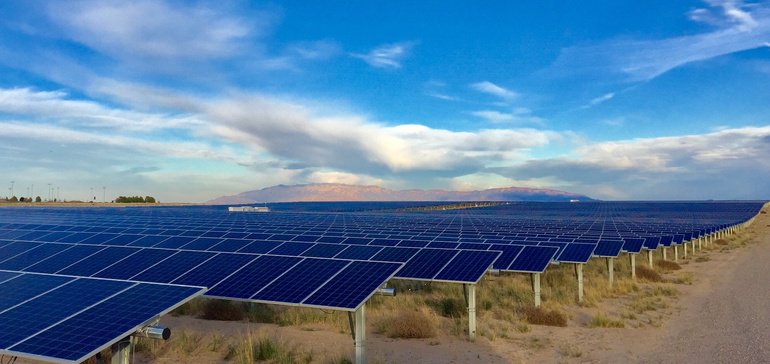Average Summer Residential Electric Prices Expected to be Normal Peak Summer Demand for Electricity Expected to Continue to Fall Due to Energy Efficiency Efforts

ALBANY — The New York State Public Service Commission (Commission) today announced the State’s electric grid and its electric utilities are prepared for increased summer demand for electricity. Further, the price for electricity paid by full-service residential customers on average is expected to be about the same as the last few years.
“New York continues to be in a relatively low commodity price environment compared to where prices were several years ago, and that is expected to continue throughout the summer,” said Commission Chair John B. Howard. “While market energy prices are expected to be higher than last year, because of an expected increase in generator fuel costs as well as the changes in capacity prices and obligations, residential customers in certain regions may experience higher commodity bills this summer than last.”
There are many factors that are helping to keep prices down, including Commission-ordered programs to lower demand. The Commission also requires the utilities to mitigate volatility in prices, which will help to ensure price stability for consumers. Further, the Climate Leadership and Community Protection Act signed by Governor Andrew M. Cuomo has aggressively put New York State on a path to economy-wide carbon neutrality.
As a result of a rapidly rebounding economy, electric energy market price futures are up in all zones compared to last summer when New York experienced an economic downturn. Overall, the Statewide average residential full-service commodity rate is expected to be about three percent higher than last summer, but may vary depending on the customer’s location in the State.
In the summer of 2013, New York State set an actual record peak load of 33,955 MW. Peak load this summer is forecast to be 32,327 MWs, slightly higher than last year’s forecasted peak of 32,296 MWs; the 2020 actual peak was 30,660 MW.
Thanks to energy efficiency and system improvements, the current peak forecast for 2026 is about 2,000 MW less than its 2016 forecast. By 2031, the combined effect of the energy efficiency and demand reduction programs is projected to help lower the peak demand by over 6,000 MWs. A 2,000 MW decrease in peak demand is the equivalent of the electricity generated by several large power plants, enough to supply approximately 1.75 million average-size homes. Reducing the amount of electricity that’s consumed daily and during the hottest days of summer provides significant benefits to consumers and the environment.
On April 30, 2021, Indian Point 3 officially ceased operations, retiring the last remaining nuclear generating unit at the Buchanan facility. The retirement of the Indian Point nuclear facility has long been planned for and will not have an impact on the State’s electric reliability.
While it is anticipated that the retirement of Indian Point 3 will lead to temporary changes in the State’s generation resource mix, New York’s climate policies ensure that the power sector remains below the 10-state regional carbon emissions cap, while New York continues to bring online new renewable energy and energy efficiency resources that are on track to exceed the statewide targets of 70 percent renewables by 2030 and zero emissions by 2040.
Today’s report may be obtained by going to the Commission Documents section of the Commission’s Web site at www.dps.ny.gov and entering Case Number 21-E-0139 in the input box labeled “Search for Case/Matter Number”. Many libraries offer free Internet access. Commission documents may also be obtained from the Commission’s Files Office, 14th floor, Three Empire State Plaza, Albany, NY 12223 (518-474-2500). If you have difficulty understanding English, please call us at 1-800-342-3377 for free language assistance services regarding this press release.